Koss Porta Pro Review - Best Headphones Under $50?
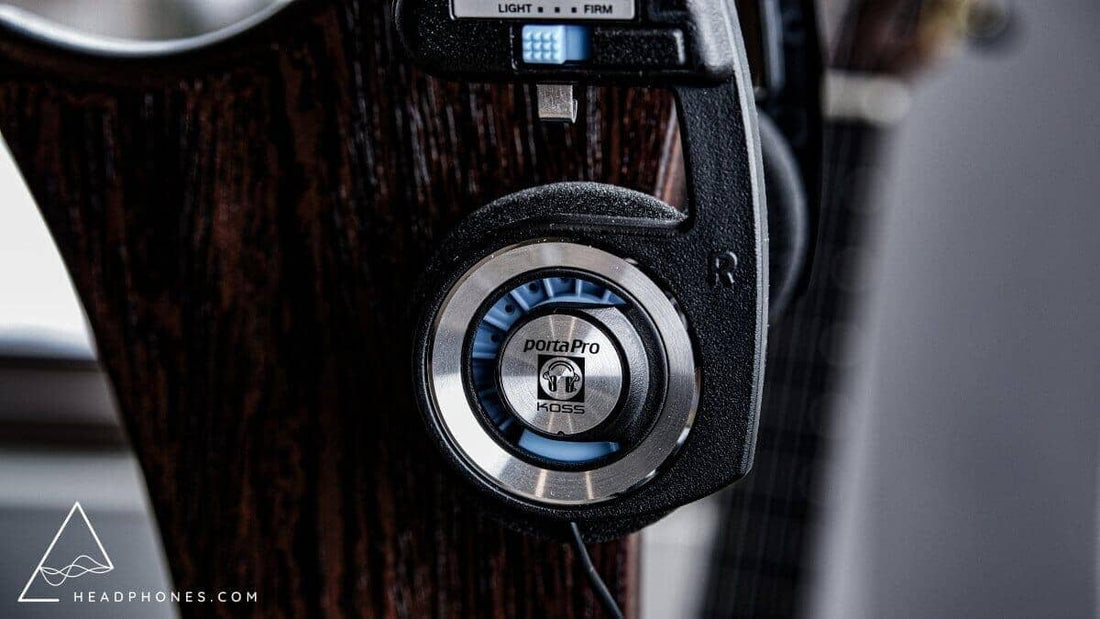
Review Written by Chrono
Introduction
The Porta Pros have been around since 1984, and nearly 40 years after Koss introduced them to the personal audio market, they’ve remained one of the most popular choices amongst audio enthusiasts thanks to their sound quality and accessible pricing. Depending on where you look, you’ll find Porta Pros retailing anywhere around $30-$50, and they’re available in black and blue, all black, black and gold, and black and silver. In this article, I’ll be sharing my experience with the Porta Pros using their stock pads, as well as with Yaxi’s Porta Pro earpads (which are $12).
Sources and Music Used in Listening Tests
The sources used for this review were an Astell and Kern SR25, and an iPhone 13 Pro with a Lighting-to-3.5mm dongle. For the listening tests I used music from a wide variety of genres including Rock, Jazz, Classical, Acoustic, Hip-Hop, and latin. I played tracks from my own FLAC library as well as from Tidal Streaming Service.
Accessories
As is probably to be expected with a headphone in this price range, the Porta Pros don’t really include accessories. You do, however, receive a carrying pouch for the Porta Pros, which should offer at least a little bit of additional protection when on the move.
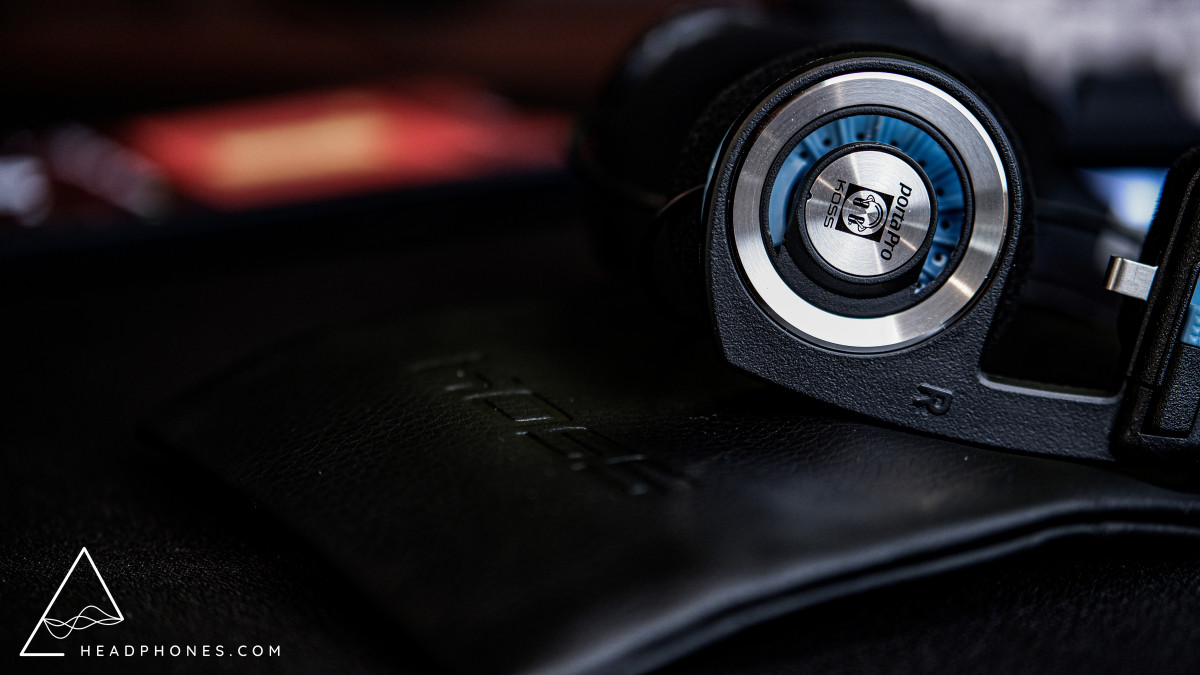
Build & Comfort
The Porta Pro’s build isn’t really all that spectacular. Whilst it does feature a sturdy metal headband and a collapsible design, the Porta Pro’s ear cups and driver assembly are made pretty much entirely out of plastic that rattles when held in the hands–ultimately making them feel quite cheap. Nonetheless, whilst it may be far from being a headphone I’d say feels solid, the chassis used on the Porta Pros does an outstanding job at creating a secure and comfortable fit. The materials used on this build are extremely lightweight, which makes the headphone incredibly easy to wear for extended periods of time. Additionally, whilst the Porta Pros are on-ear headphones, I hardly got any fatigue when using them thanks to how lightly the ear cups actually rested on my ears.
There are two more things I’d like to note, however, regarding the Porta Pro’s comfort, with the first one being that each ear cup has “comfort zone” sliders, which allow for very slight tension/clamp force adjustments. Then there is the extension mechanism for the headband, which works well once you’re wearing the headphones, but it can be a little difficult to adjust and if you make adjustments once they’re on your head it’s highly likely that they’ll nab some of your hair in the process.
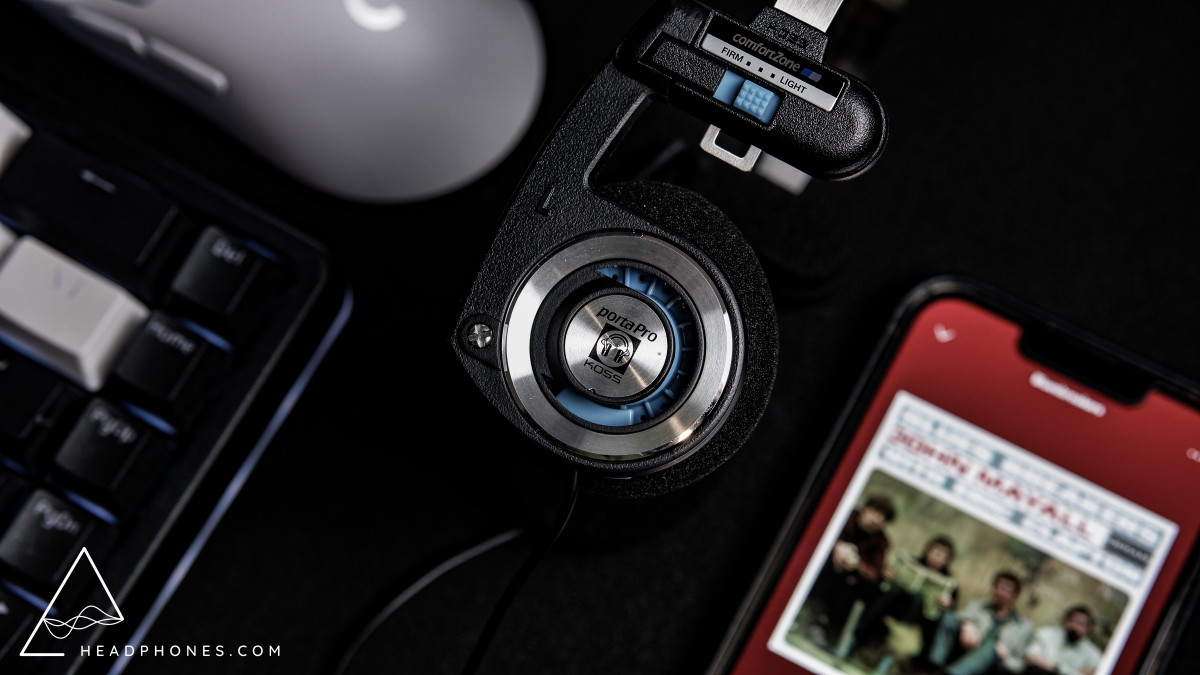
Sound
The Porta Pros have seen a few different variations over the years, with some models including controls for mobile devices and others offering bluetooth connectivity. Still, the core design of the Porta Pros and the neodymium iron boron driver powering them has not changed since their original introduction–and given how they perform, that’s a great thing.
Bass
The bass region is where I feel as though Yaxi Pads make for the most noticeable sonic change when compared to the original pads. Starting off with the included pads, the bass response on the Porta Pros provides a lot of bass presence by virtue of a very significant midbass boost between 100-250hz, which also slightly makes up for their lack of bass extension and depth. Now, whilst I do appreciate the warmth that this midbass emphasis introduces to the mix, I do find that it unfortunately doesn’t settle early enough and does intrude into the lower mids, making that upper-bass to lower-mid transition a little bloated and unclean.
When using the Yaxi pads, the bass response still has a similar midbass focus and overall curve to it. However, the difference when comparing to the original pads, is that the midbass boost is very slightly toned down and–more importantly–they seemed to clean up that upper bass area, which made for less swollen fundamental tones in the lower midrange. If you like really warm bass regions, then I think that you’ll be happy with the stock pads, but if you prefer a slightly more linear or natural-sounding response, then the Yaxi pads offer a very valuable adjustment without the need for EQ.
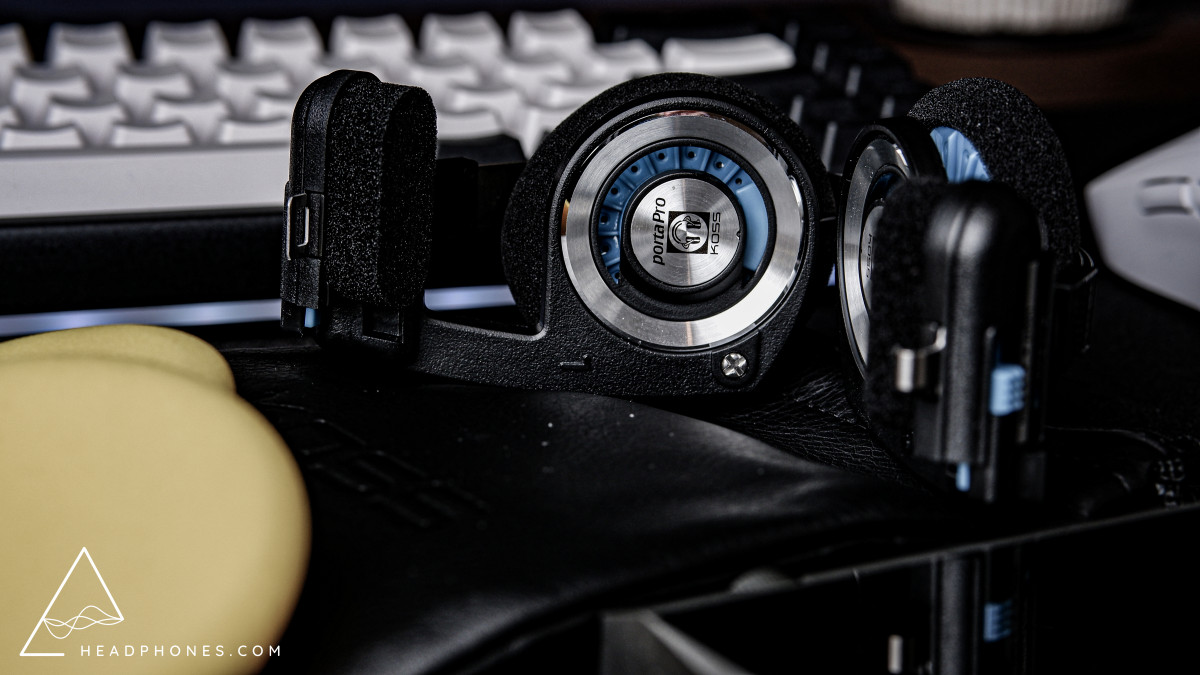
Mids
Regardless of the pads I used, I was actually quite impressed with the Porta Pro’s midrange voicing. With the exception of the slight upper-bass bleed and a tiny bit of a 2000hz nasally timbre that is present with the stock pads, the Porta Pros have a very linear and well-balanced midrange tuning with well-defined fundamental tones, and a present upper midrange that contours vocal and instrument tones without feeling forward or shouty.
Highs
For the most part, I’d describe the Porta Pro’s treble region as being laid-back and warm sounding. Despite being a little on the darker side, though, the treble did feel pretty even and fleshed out, with even more upper-treble extension than I would have expected for this price bracket. It did seem to me that there was a slight peak between 5500-6000hz, but this elevation was not very pronounced or fatiguing, it only introduced some minor glare and sibilance. Overall, it’s a relaxed treble tuning, and whilst I doubt that most listeners will be bothered by the subtle lower-treble emphasis, I’ll mention that it does get sort of smoothed over when using Yaxi pads.
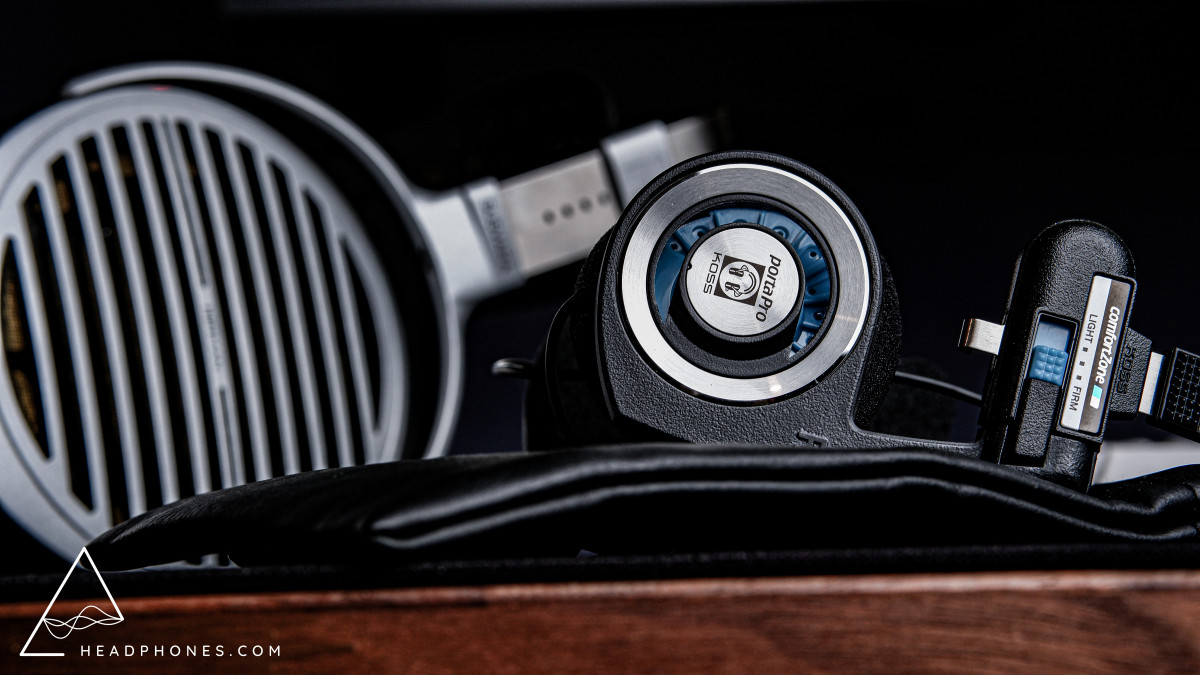
Resolution
For detail retrieval and overall image clarity the Porta Pros are the best I’ve heard in this price bracket by a longshot. Of course that, no, it can’t compete with something like an MMX100, but for a headphone this affordable and compact, it’s surprisingly nuanced and clean in its presentation–it properly displays all elements of the music.
Soundstage, Imaging, and Layering
Given that the Porta Pros are a pair of on-ear headphones with very small drivers you’d probably expect them to not have a particularly spacious soundstage or precise imaging, and you’d be correct–they don’t.
Nonetheless, I was surprised to hear that the spatial presentation of the Porta Pros feels rather far from claustrophobic. I think that this is mainly due to the fact that they actually have decent layering capabilities, which for the most part kept instrument lines separate and distinct from each other despite having an intimate soundstage as well as imaging gaps at front-left and front-right to work with.
Dynamics
Right off the bat, I’ll say that when it comes to macro contrast or delivering a sense of punch and slam the Porta Pros don’t provide the most impressive level of performance, which was expected given the fact that it’s a small, open-back headphone. Still, this isn’t to say that they don’t make for an engaging listening experience, as the mid-bass emphasis does aid the Porta Pros in creating a sort of heightened sense of kick and impact for bass tones.
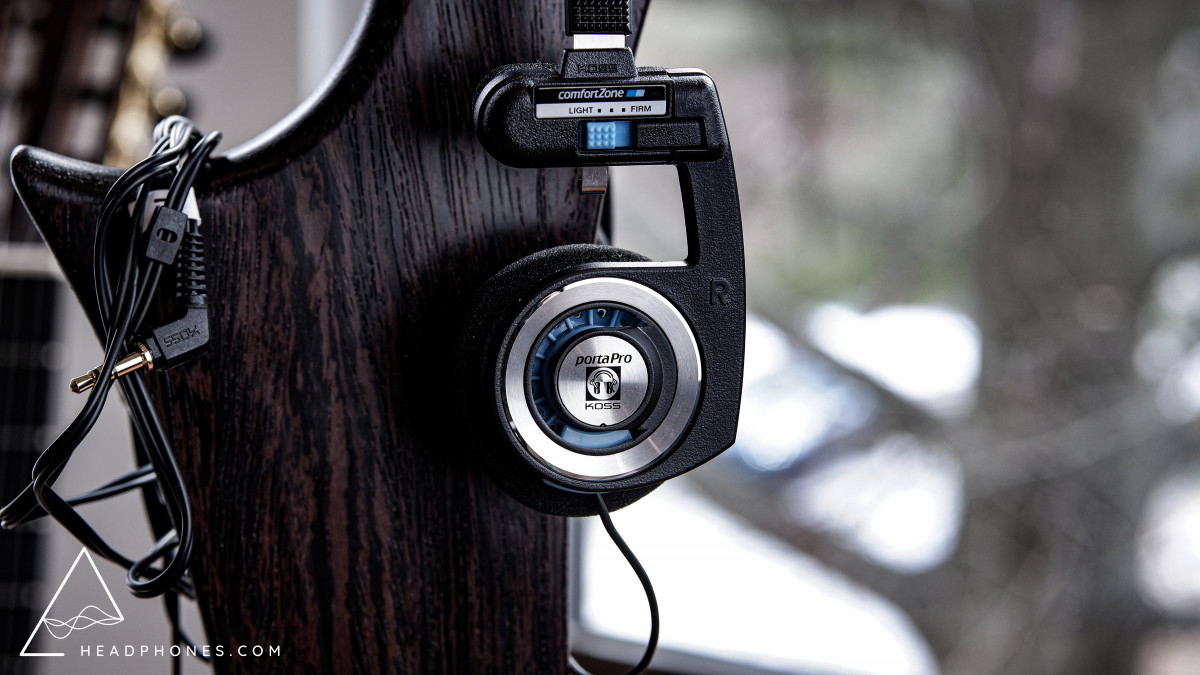
Conclusion
After spending some time with the Porta Pros over the last week it’s clear to see why these have been such a popular choice amongst listeners for nearly four decades. It’s a charming pair of headphones that delivers a truly enjoyable listening experience and one that I think punches well above its weight.
So, without a doubt, I think that I’m willing to overlook the flimsy build and say that if you are looking for a headphone that can deliver a solid listening experience on-the-go and is very affordable, then look no further than the Koss Porta Pros. Their open-back design means that they’re probably not suited for use in an office setting or in crowded places since everyone will hear what you’re listening to, but I sincerely can’t think of another headphone that I’d actually prefer to wear when moving around a lot or doing anything outdoors aside from maybe the the Apple AirPods Pro .
-Chrono
Check out the video review here:
---
Discuss the Koss Porta Pro on the HEADPHONE Community Forum Here.
---
